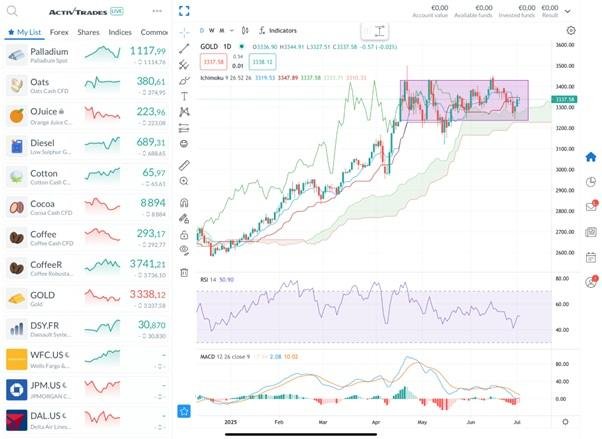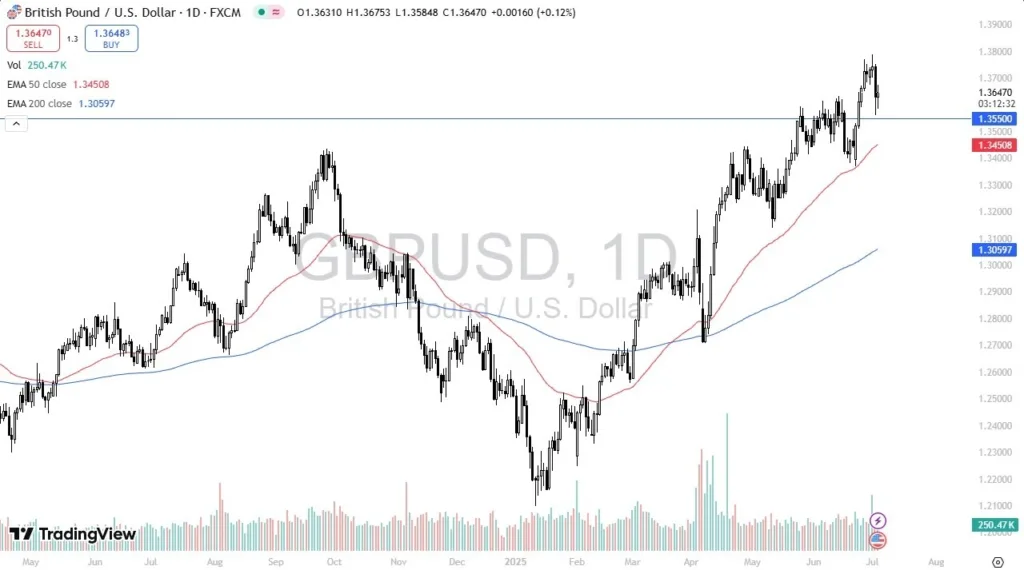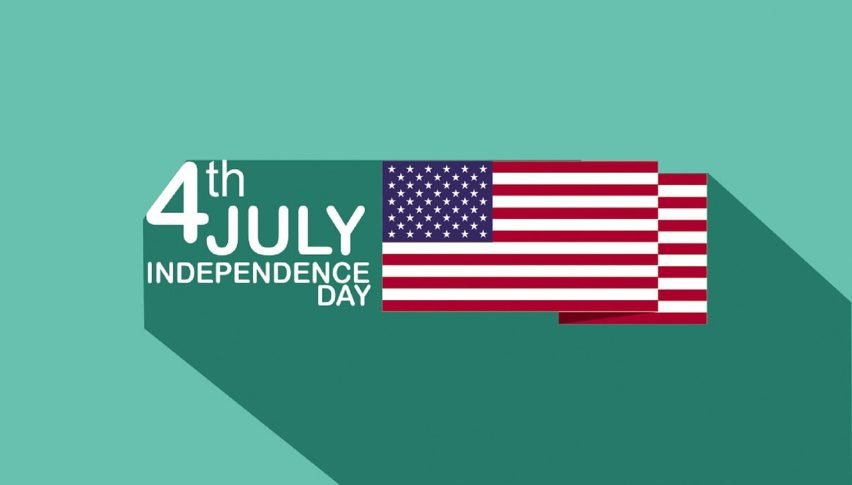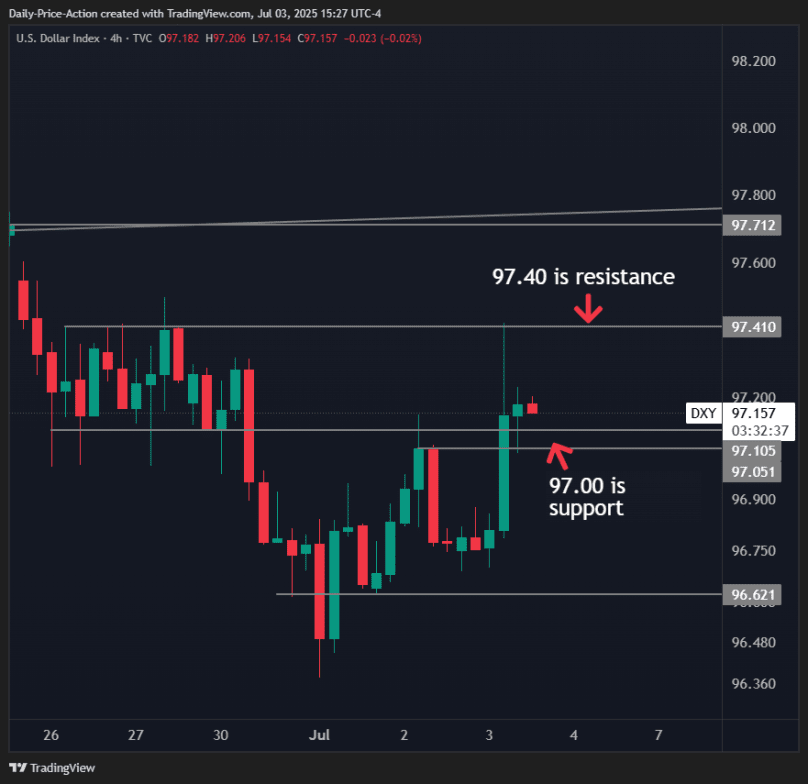CNN
—
On April 9, President Donald Trump gave the world a three-month window to negotiate trade deals with the United States or face higher “reciprocal” tariffs. With just five days remaining in that tariff moratorium, the White House is expected to begin delivering a message to a dozen or so countries: Time is up, and here’s your new tariff rate.
Trump early Friday at Joint Base Andrews told reporters that he would notify 10 to 12 nations a day over the course of the next five days, detailing their new tariffs in letters that the White House would begin sending on Friday. In most cases, the new rates would go into effect August 1, Trump said.
“They’ll range in value from maybe 60% or 70% tariffs to 10% and 20% tariffs, but they’re going to be starting to go out sometime tomorrow,” Trump said. “We’ve done the final form, and it’s basically going to explain what the countries are going to be paying in tariffs.”
In April, Trump imposed “reciprocal” tariffs as high as 50% on most of America’s trading partners. So tariffs of 60% or 70% would exceed those rates, which sent stocks crumbling into bear-market territory, while bonds and the US dollar sold off sharply. US stocks and bonds markets were closed Friday for Independence Day, but stock markets and futures fell around the world.

Hear Trump break down tariffs on various countries
Hear Trump break down tariffs on various countries
02:59
It’s not clear yet which countries would receive the letters, but Trump has called out certain trading partners for driving too hard of a bargain, including the European Union and Japan. Trump this week threatened to send a letter to “spoiled” Japan setting its tariff rate as high as 35%. Still, that may have been a negotiating tactic, and it’s not known whether those partners will be among the countries for whom the White House will set new tariffs.
Trump said he expected the letters to be delivered by the administration’s self-imposed July 9 deadline to draft deals. The administration has said at times that its timeframe was flexible for countries that make a good-faith effort to negotiate with the United States.
On Friday, a European Union diplomat told CNN that the trading bloc was in the “middle of very difficult negotiations,” which would likely continue into the weekend as the deadline approaches.
The diplomat, who spoke on the condition of anonymity as they are not permitted to speak on the record about closed-door meetings, told CNN the talks are proceeding in a constructive manner, but it is unclear whether the administration’s July 9 deadline will be extended if a finalized agreement isn’t reached in time.
Olof Gill, a trade spokesperson from the European Commission, said in a briefing Friday that he couldn’t share specifics about trade talks since they were in “a very sensitive phase of negotiations.”
For countries that are continuing to negotiate with the United States but have not yet reached a deal, including India, White House press secretary Karoline Leavitt said last week that “the deadline is not critical.” That’s a point that Treasury Secretary Scott Bessent emphasized to Fox Business last week, too, saying he thinks trade negotiations could be “wrapped up” by Labor Day, providing a more relaxed framework for inking deals than the previously prescribed July 9 deadline.
But Trump appeared to adjust that timeframe on Friday. Asked if countries would be afforded any flexibility with the tariff deadline, Trump said, “not really.”
“They’ll start to pay on August 1. The money will start to come into the United States on August 1, in pretty much all cases,” Trump said.
Still, Bessent on Thursday told Bloomberg TV that he predicted a “flurry” of deals before July 9. And for those who couldn’t reach an agreement with the United States, “about 100 countries” could continue to face only the 10% minimum tariff rates that the United States imposed during Trump’s “Liberation Day” announcement on April 2.
Trump appeared to confirm that this week, saying, “We have a couple of other deals,” and, “As we get to the smaller countries, we’re pretty much going to keep the tariffs the same.”
So far, the administration has signed narrow frameworks for trade deal negotiations with just two partners: the United Kingdom and China. Trump this week said his administration has also reached an agreement with Vietnam, though the status of that arrangement remains unknown, and a framework does not appear to have been signed. The White House has not provided terms of the Vietnam agreement beyond a social media post from Trump.
For months, the Trump administration has said deals are imminent, working with 18 key partners to lower trade barriers while hundreds of other countries wait in line to get out from under the burden of higher tariffs.
At one point, Trump said 200 deals were possible and nearly done.
“I’ve made all the deals,” Trump said in a Time interview in late April, saying trade negotiations with foreign partners were nearly complete. “I’ve made 200 deals.”
More than two weeks later, Trump acknowledged that hundreds or even dozens of deals aren’t possible on such a short timeframe — a point he reiterated last Friday at a press briefing at the White House.
“You know, we have 200 countries,” Trump said. “We can’t do that. So at a certain point, over the next week and a half or so, or maybe before, we’re going to send out a letter. We talked to many of the countries, and we’re just going to tell them what they have to pay to do business in the United States. And it’s going to go very quickly.”
That idea of establishing new tariffs for countries that can’t or won’t reach a deal with the United States has been floating around for over two months, but the timeline keeps getting pushed back. On April 23, Trump said his administration would “set the tariff” for countries that fail to negotiate new terms in the following few weeks. On May 16, Trump said that “at a certain point, over the next two to three weeks … we’ll be telling people what they’ll be paying to do business in the United States.”
On Thursday, Trump said those letters are a day away.
“It’s just much easier,” Trump said. “We have far more than 170 countries, and how many deals could you make?”
CNN’s Elisabeth Buchwald, Samantha Delouya and James Frater contributed to this report.







